 |
 |
 |
| Dr. Henry Frankenstein Colin Clive |
Elizabeth Mae Clarke |
The Monster Boris Karloff |
Proof That It’s Pre-Code
- A man directly likens himself to God.
- (Accidental) cold-blooded child murder.
Frankenstein: The Sins of the Father
“Dangerous? Poor, old Waldman. Have you never wanted to do anything that was dangerous? Where should we be if no one tried to find out what lies beyond? Have your never wanted to look beyond the clouds and the stars, or to know what causes the trees to bud? And what changes the darkness into light? But if you talk like that, people call you crazy. Well, if I could discover just one of these things, what eternity is, for example, I wouldn’t care if they did think I was crazy.”
Do you need to read another review of Frankenstein? Probably not. It’s famous– really famous. One of those movies like King Kong I’ve avoided talking about simply because you don’t need to hear me talking about it. I’ll give it a shot, but life’s short– maybe just quit reading now and go back to watching movies. I don’t mind.
Dr. Henry Frankenstein (Colin Clive) is one of the leading electrobiologists in whatever strange hybrid of Germany/America/Britain he lives in, and one day is struck with inspiration. Well, inspiration is too easy of a word– he’s suddenly overcome with madness. The pieces connect in his mind in how to create a living, breathing creature from the flesh of the dead. He scurries off to a remote mansion with little explanation, enlisting the help of off-the-center humpback Fritz (Dwight Frye) to help him in his newfound desire to loot graves.
They cobble together a creature made of dead flesh and, by happenstance, an ‘abnormal’ brain. During one tumultuous thunderstorm, it comes to life, and Frankenstein is elated. But his fiancee, Elizabeth (Mae Clarke, never lovelier), is terse, and his mentor, Dr. Waldman (Edward Van Sloan) is horrified. But Frankenstein seems content with his creation, pleased that his divine madness has proven itself and made him a God among men. That is until he realizes how much work it’s going to take to reach out to the monster, especially after he learns of the abnormal brain– his creation was messed up without his knowledge before he started. It isn’t his fault– why should he have to fix something broken if he wasn’t the one who broke it?
The monster itself is a lumbering simpleton, able to obey simple commands but dangerously strong. Frankenstein shows Waldman his favorite trick, opening the skylight and letting a ray of the outside world into the damp castle chambers. The monster raises his hands, longing either for the light and freedom of the outside or, perhaps, yearning for some sort of heavely grace that isn’t coming. As Glenn Erickson notes:
The Monster in Mary Wollstonecraft Shelley’s book was apparently a natural philosopher that proved a talkative mouthpiece for the author’s ideas. James Whale introduced the idea of pathos, stressing the original’s blasphemous presumptions. Just as Frankenstein creates and abandons his created Monster, God has created and abandoned mankind, which now struggles in its vices and cruelties, lost in the universe.
The monster is scared of fire, and Fritz delights in chasing after the creature with a torch. What rights does the creature have if it is merely an amalgam of flesh and blood? But Fritz’s cruelties go too far, and the monster proves to be cagier– it strangles him and hangs him from the rafters. With horror, Frankenstein realizes that he’s created something with free will out of his control. Waldman and Frankenstein team up to drug the monster and stop its short rampage. But, even as Waldman promises to destroy the monster as Frankenstein retreats to Elizabeth and their wedding, his curiosity strikes as well– he plans to dissect the creature, giving it ample time to wake up and strangle the curious doctor instead.
The monster stumbles into the woods and wanders through the forest. It finds a little girl, Maria (Marilyn Harris), left at home alone by her father (probably the scariest thing in the movie for modern helicopter parents), and she is the first person to be anything but cruel to the monster. She demonstrates a simple game of throwing flowers into the lake. Overcome with the excitement and joy that she’s shared with him, he throws her into the water as well– drowning her.
This is one of the most well-remembered, infamous scenes of the movie for good reason. Besides the shock of the death– while other pre-Codes have killed off kids, it’s rarely been so much in the forefront of a scene– it’s the reaction of the monster that sticks with us. It’s innocence and confusion is instantly matched by its horror as it realizes what it’s done. Besides killing the only person who has ever showed it kindness, it’s also condemned itself. This is where the monster truly becomes a monster, and the tragedy is that didn’t have the capacity to understand what it was doing until it was too late. This is also the moment that reveals that the monster has a conscience or a soul and isn’t merely an animal, making the rest of the film doubly haunting.
In one of the most effective scenes in the film (and, hey, let’s be generous and say ‘in all of film’), the girl’s father brings Maria’s corpse into town, with the festivities for Frankenstein’s wedding celebration parting before him. The jubilation turns into horror during one long, simple tracking shot, and by the end the entire town is gathered in shock.

Whoever came up with that wedding shawl was a genius. It gives Clarke more than just a marital glow; it gives her an ethereal one, which sets her up for the fall hard.
And the monster has followed. It’s groans fill Frankenstein’s mansion, and in a panic him and his friends fan out to search the house. Ellipses remain is in the scene between Elizabeth and the monster. Frankenstein’s locked his bride in her room to keep her safe when, of course, that’s precisely where it strikes. It leaves her nearly unconscious and trembling, and the brazen attack pushes Frankenstein and the townsfolk into a frenzy.
The mobs storm the hills and the monster retreats, finally capturing its creator and stranding the both of them in a windmill upon a lonely hill. The two scuffle and Frankenstein barely escapes as the windmill is set ablaze, with the terrified monster left to die, pinned under a beam.
For people who watch a lot of films from the early 1930s (raises hand), it’s impossible not to be wowed by the atmosphere Whale creates. Besides the Gothic castles and the horrific lighting, Whale’s staging is superb. High angles follow Henry Frankenstein around, giving the audience the feeling that God is watching the man and making him pay for his hubris. There’s also a shocking amount of tracking shots and pans, giving the film a considerable energy. One moment contrasts the massive celebration of the townsfolk with the lonely wanderings of the monster merely by maintaining the same speed tracking shot through two disparate locations.
But my favorite moments of the movie have to be the showdown between the monster and Frankenstein in the windmill at the end of the picture, encompassed in one shot as a wooden turbine eclipses both faces as it twirls (as seen above). It suppositions the faces, equating them and contrasting them. Who here is the monster? It deftly outlines the film’s conclusions about the inexorable connection between the creator and creation, with neither coming out on top as the perfect option.
Frankenstein has a lot to say about nature and god, but, beside that, there’s a ton of subtext about the way people judge each other through biology and how the act of creation– any creation– is equated for madness. Does the monster’s abnormal brain make any difference at all in what happens? Maybe to no one but Dr. Frankenstein. And what is that inspiration that strikes him, that leads him to so feverishly rob graves? Is the movie a case of God simply showing off in how people shouldn’t mess in his affairs, or was Frankenstein simply following his own perverted natural instincts?
The acting in Frankenstein is superb, which probably comes as no surprise. Colin Clive, stuck with a bi-polar character who is both smug and somehow innocent is a fascinating case, all framed in Clive’s tall cheek bones and piercing eyes. He sells the madness well. Mae Clarke, in another thankless role in a long series of them, is left to fret or worry without getting much of an opportunity to reflect on the fact that her fiancee is a grave robbing maniac. Clarke’s ability to connect with grace and purity in spite of the lack of shade to her character works wonders. Dwight Frye is a lot of fun while he lasts as the cruel and imbalanced Fritz, and Karloff– well, they still haven’t invented enough gushing words in the world for Karloff’s performance as Frankenstein’s monster. It’s one of compete innocence, a connection to something pure and beyond human nature.
One thing I’ve come to admire about these original Universal horror movies– Dracula, this, The Mummy, The Invisible Man, Murders in the Rue Morgue, The Black Cat— is how utterly brusque they are. Each movie asks big questions about life, death, and those grimy, dark places that lie between nature and man, but none of them dwell on it. The horror is left to hover over the viewer, teasing them like the possible monsters hiding under their beds. What did Frankenstein do wrong? Was it that he abandoned his creation, or that he made it in the first place? And why does Elizabeth react with such damned ambivalence to what he’s done– as well as the rest of the townsfolk (at first)?
I think the answer to the last one is why Frankenstein is still the most praised and relevant of these classic horror movies today. Whereas Dracula played with the temptation of sex, The Mummy toyed with the darkest realms of our history, and The Invisible Man undeniably fed into our wildest fantasies of power, Frankenstein is about our curiosity. It’s about how humans have an undeniable urge to explore, experiment, and try, often without forethought or planning. Watching Frankenstein, my main thoughts go to current experimentations with artificial intelligence, something many see as a boon while others dread the idea. Are safeguards being made? Are we prepared to be the creators of self-aware intelligence so unlike our own? Frankenstein wasn’t, and turned on it just as soon as it suited him, leading to the death of innocents and an irreparable stain on his life.

The constant toast of “To the son of Frankenstein!” and its horrific connections are probably the wryest (and funniest) part of the movie.
Frankenstein veers towards a happy ending– at least for the doctor and Elizabeth. It’s hard to believe anyone in the audience can find this ending happy though, as it’s the monster where the sympathies must lie. He lies pinned in a burning windmill, confused and as scared as ever. The realities of life eludes him and he’s burned in a pyre to the ignorance and fear of men. And the world goes on.
Frankenstein is a perennial, a classic that resonates and remains imitated (often poorly) to this day. It’s a slick 70 minutes, featuring a bravura central performance and innate sense of human cruelty that echoes through our own modern obsessions with creation. While The Invisible Man is more fun and The Black Cat more horrific, Frankenstein remains the most prescient, the epitome of Universal’s monster franchise for all it could be: frightening, beautiful, and smart.
Gallery
Hover over for controls.
Trivia & Links
- The Universal Horror series has been the subject to a good number of books, documentaries, and definitive accounts over the years, so I won’t go too much into the production details on this one. My highest recommendation always goes towards the Universe of Horrors podcast put together by Attaboy, Clarence! which follows the entire saga of Universal’s monster movies from the Lon Chaney movies of the 20s to the inglorious implosion in the late 40s. For people with less than seven hours to spend on a podcast at the moment (you’re missing out, seriously), you can try documentaries and commentaries included on the Frankenstein blu-ray and DVD sets, fan appreciations like Monster Madness, biographies of the likes of Boris Karloff, Mae Clarke, and James Whale, or, hell, just go to the IMDB trivia or TCMDB article, you insatiable animal.
- There is a 1910 version of Frankenstein that was really nothing to write home about. This film is followed by The Bride of Frankenstein (1935), The Son of Frankenstein (1939), The Ghost of Frankenstein (1942), Frankenstein Meets The Wolf Man (1943), House of Frankenstein (1944) and Abbott and Costello Meet Frankenstein (1948). Some of them are better than others, but only the first three star Karloff as the monster and are easily the best of the lot.
- There is quite the censorship history on this one, as you can imagine, as some of it was simply considered to blasphemous or horrific to show. Most notably, Frankenstein’s line equating himself to God was removed from domestic prints and eventually was added in thanks to a soundtrack disk that was found. The scene were we see Fritz’s body hanging as well as the moments where Maria is killed were often edited out, which lead to a singular problem– people’s imagination lead to far worse assumptions about what happened. These scenes have been restored for modern prints.
- You may have noticed above that I never referred to Karloff’s “Monster” as Frankenstein. As anyone who has been on the internet for a while (AKA more than ten minutes) knows, there’s a very small, very vocal subset of people who, to use a scientific term, “lose their shit” whenever someone refers to the monster as Frankenstein rather than the creator. I am not one of those people. There are two reasons for this: One, having the monster assume its creator’s name gives an extra metaphorical weight, a bigger glimpse at how the dark reflection of Frankenstein’s creation is really the son of Frankenstein he asks for all along. And, second, if the creature’s name isn’t Frankenstein, then is Bride of Frankenstein really about Elizabeth?
- Here’s a rerelease trailer for the film:
Awards, Accolades & Availability
Comment below or join our email subscription list on the sidebar! |
||
 |
 |
 |
 |
 |
|




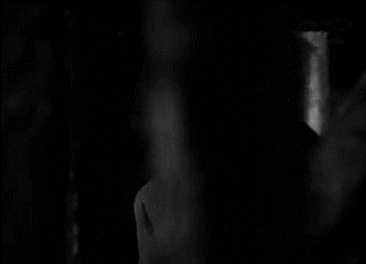






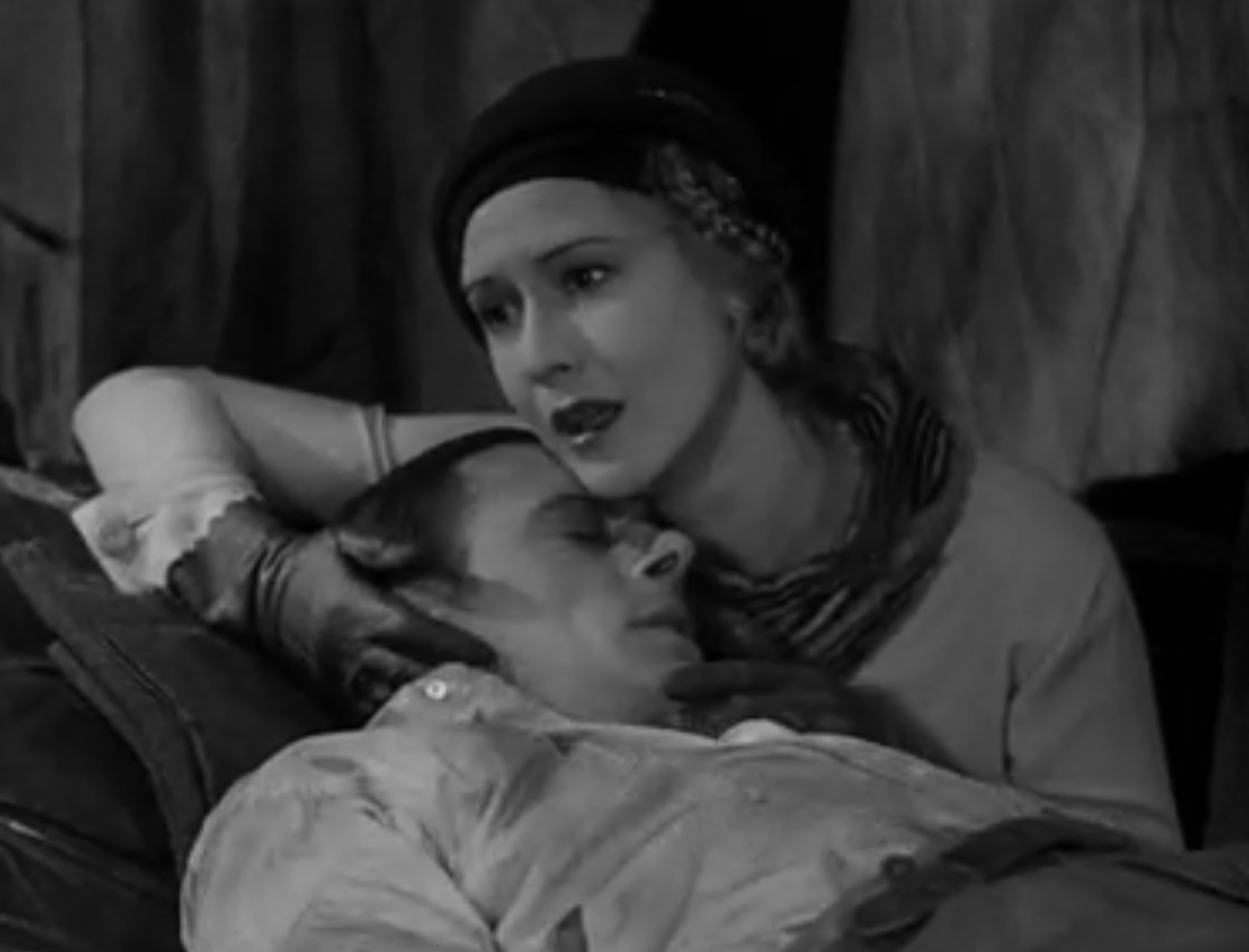
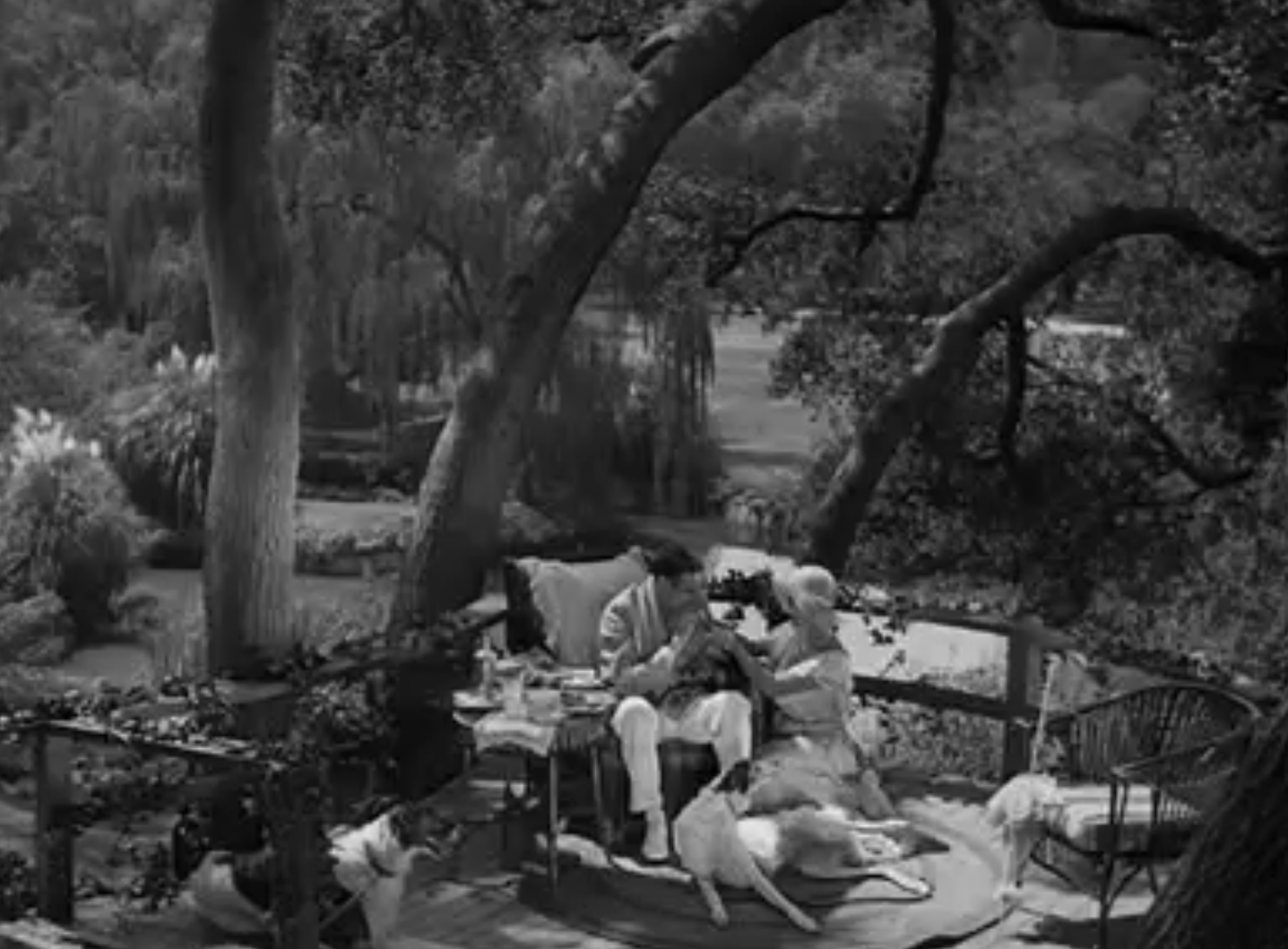



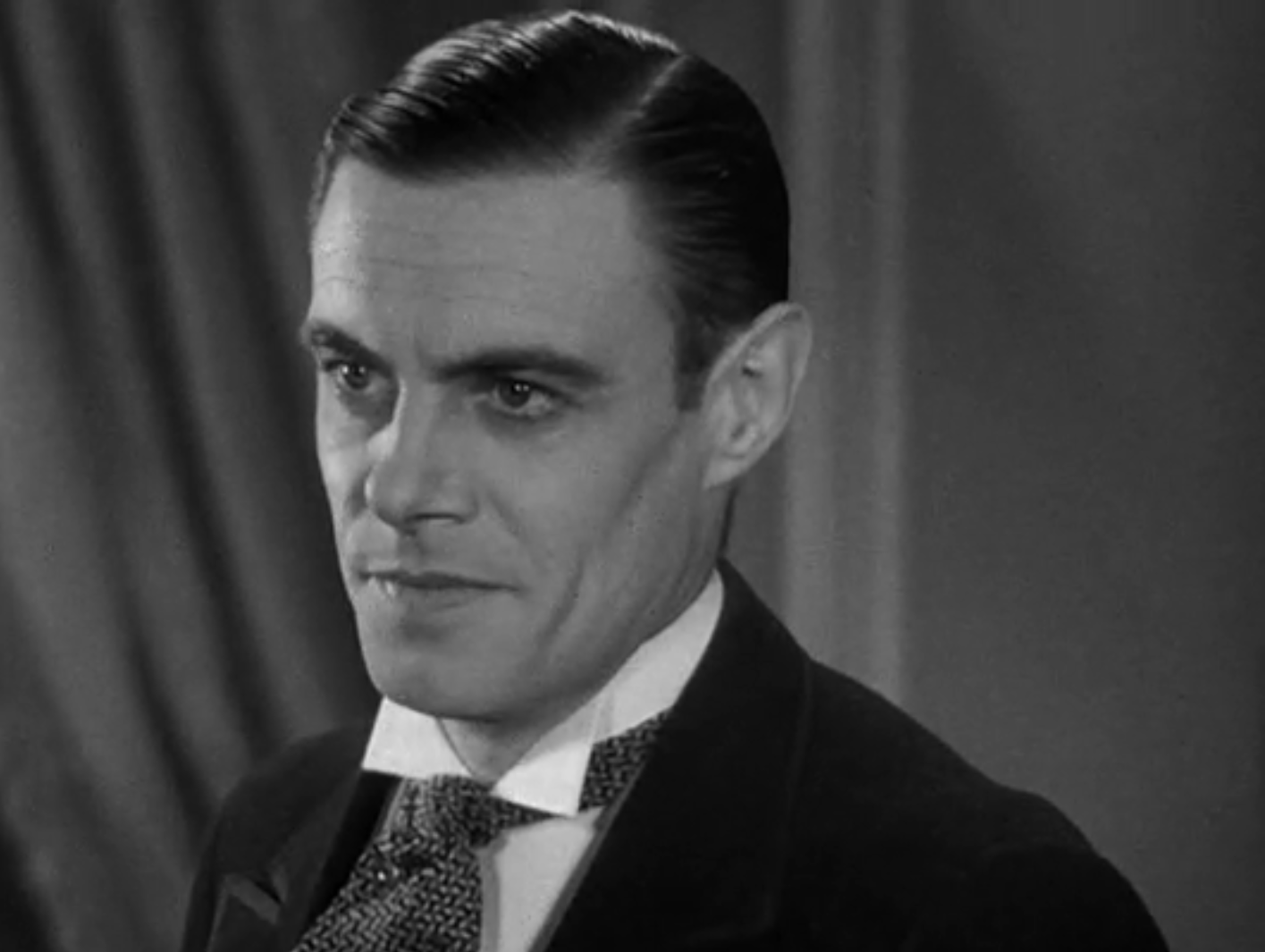


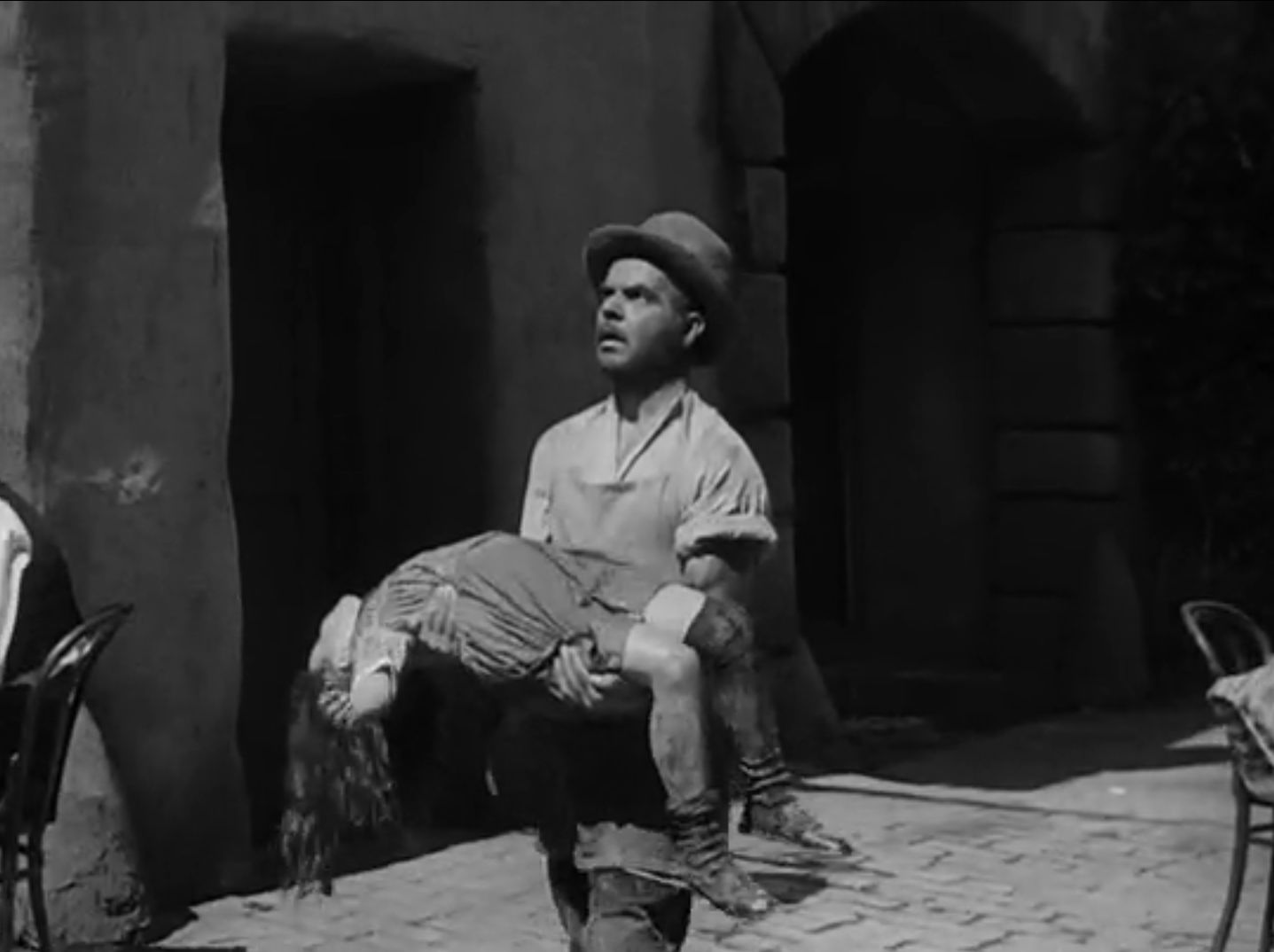






4 Comments
Kevin Measimer · August 20, 2015 at 8:23 am
More than a review, this is an insightful reflection on this great film.
Danny · September 1, 2015 at 5:51 am
Thank you for your kind words!
Tony · August 20, 2015 at 8:43 am
With Mae Clarke day coming tomorrow on TCM, these reviews of yours are very helpful. They made me more interested in her and her films!
Danny · September 1, 2015 at 5:53 am
Hope you got to check a few of them out. Thanks for coming by!
Comments are closed.